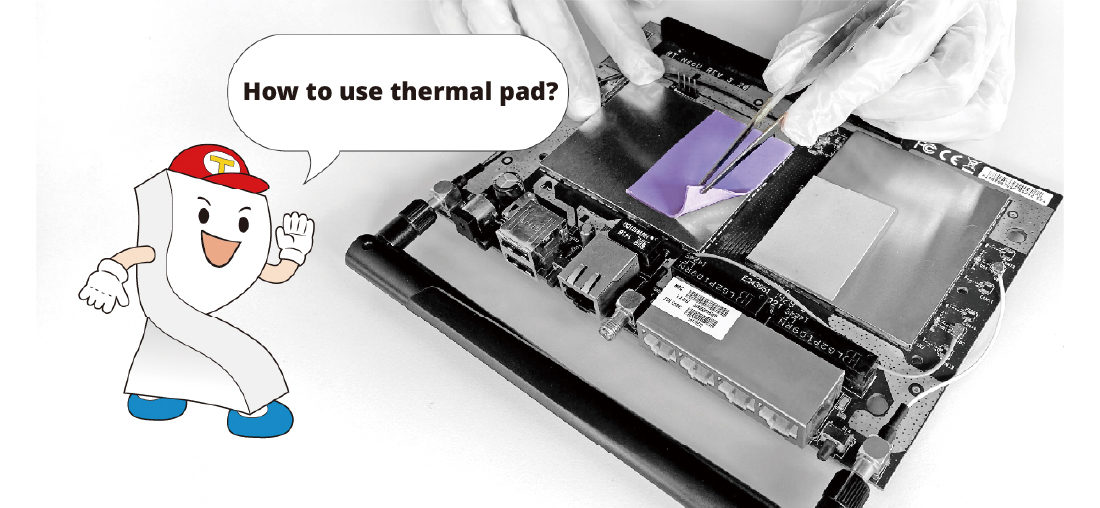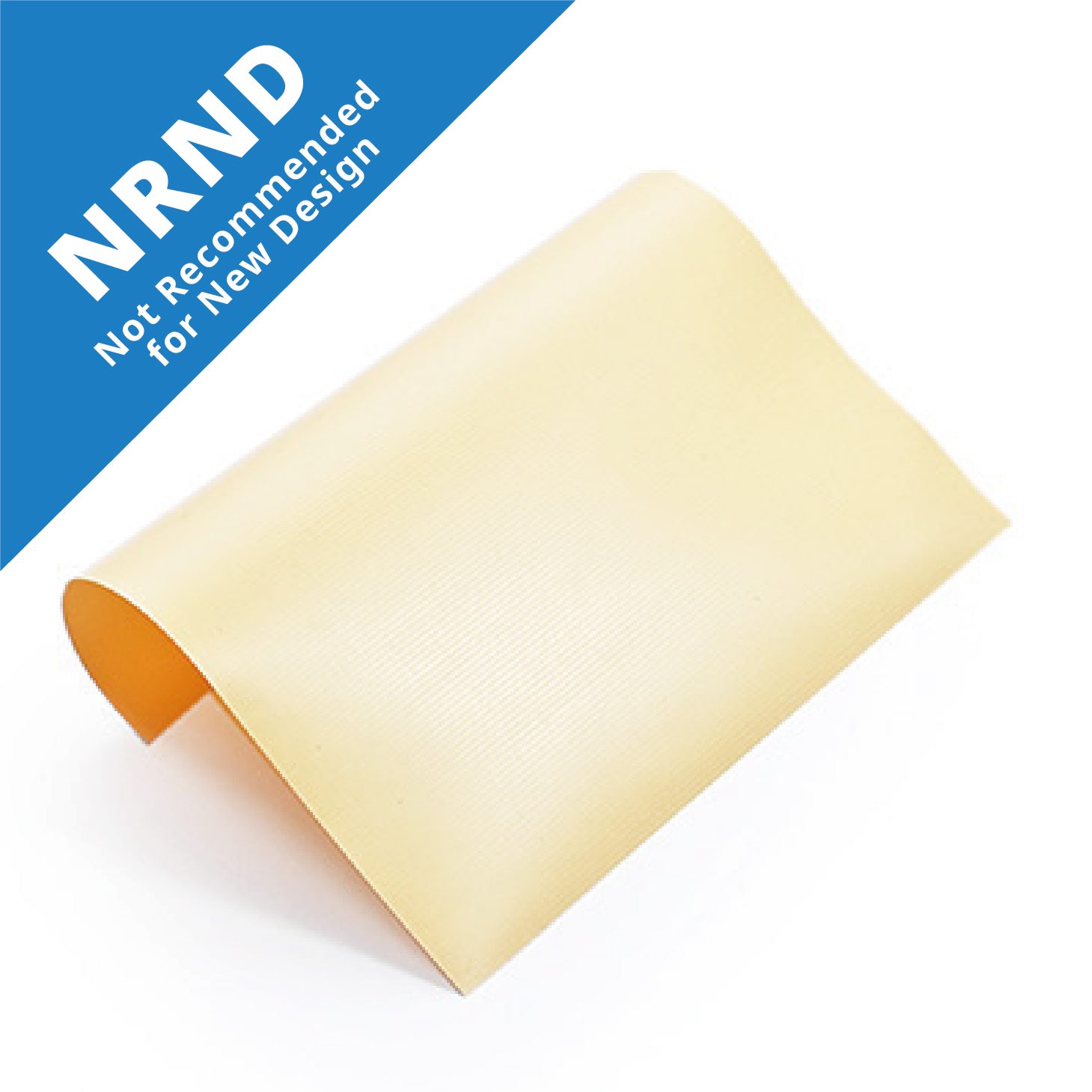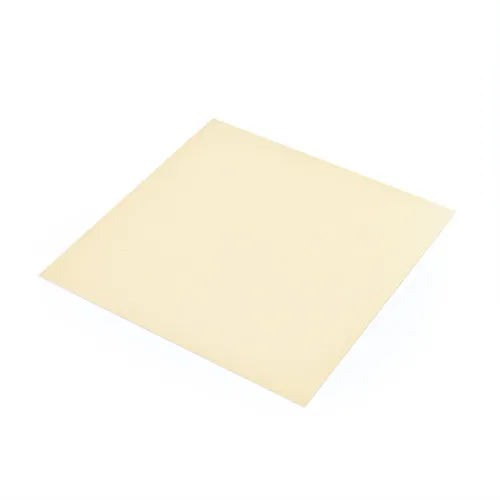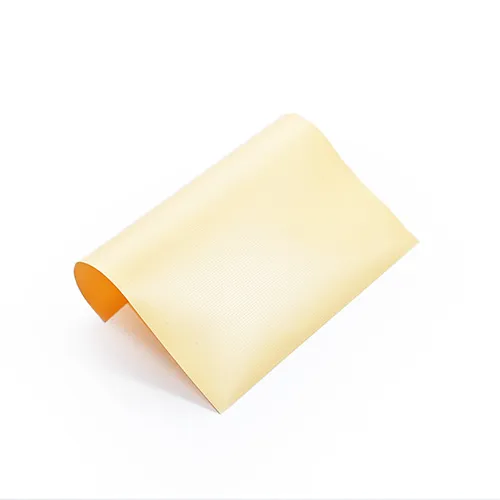In accordance with the European Union’s General Data Protection Regulation (GDPR), we are committed to safeguarding and ensuring your control over your personal data. By clicking “Accept All” you are permitting us to use cookies to enhance your browsing experience, assist us in analyzing website performance and usage, and deliver relevant marketing content. You can manage your cookie settings below. By clicking “Confirm” you are agreeing to the current settings.
TG-AGT15 / GT15 Thermal Pad
- Smooth surface & low contact resistance
- Usable over a wide temperature range
- Electrical insulation; high breakdown voltage
- Complies with UL standards
GT15 is a thermal pad the main body is glass fiber with (1.6W/m•K) thermally conductivity, which has good withstand voltage and insulation characteristics. It is suitable for continuous temperature radiation and has a thickness of 0.23mm. Compared with the thermally conductive silicon film on the market, it has lower contact heat. Resistance can quickly take away the heat source.
Gt15 is a thermal pad made of fiberglass materials and it has excellent voltage withstand capability. It can also be used to set the auxiliary transistor in the power supply type t0220, and because of its low hardness, this type is more compared with other pads, the soft material can also have better conformability, and because of the addition of glass fiber material, the disadvantage that the thinner the thickness is, the worse the withstand voltage is found to be more suitable for military power supply and other needs. Product application of materials with high voltage resistance characteristics.
Applications:
Electronic components - 5G, Aerospace, AI, AIoT, AR/VR/MR/XR, Automotive, Consumer Devices, Datacom, Electric Vehicle, Electronic Products, Energy Storage, Industrial, Lighting Equipment, Medical, Military, Netcom, Panel, Power Electronics, Robot, Servers, Smart Home, Telecom, etc.

Tearing off the release paper.
Attach the thermal pad to the heat source.
Remove the protective film.
Apply components onto the exposed part.
Thermal Conductivity
Dielectric Breakdown Voltage
Hardness








